RCBO - (Earth Leakage Breakers)
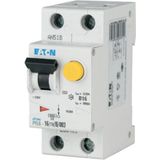
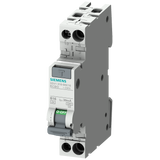
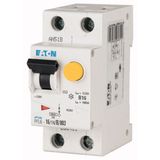
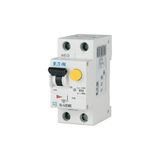
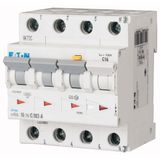
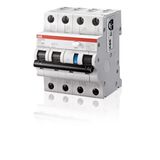
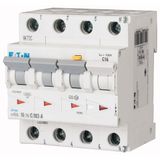
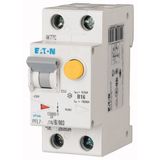
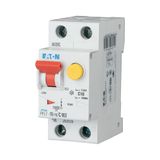
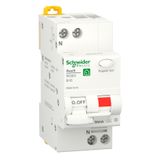
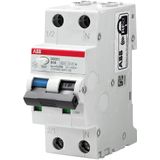
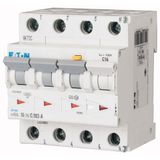
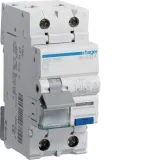
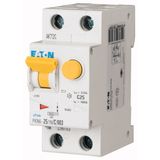
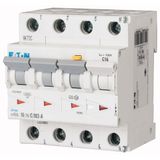
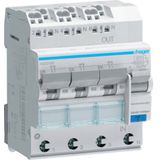
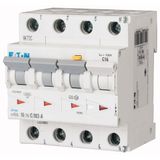
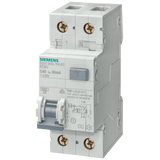
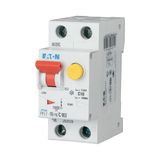
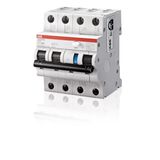
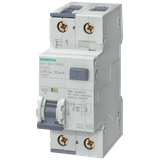
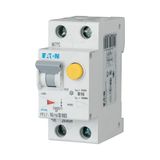
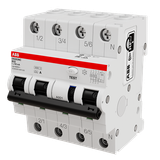
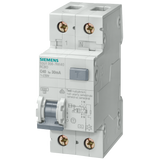
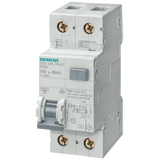
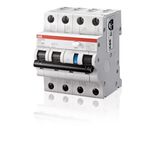
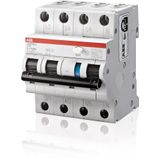
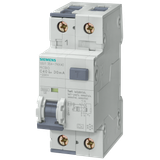
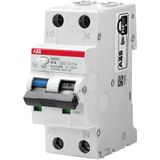
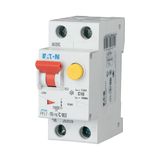
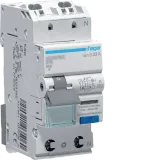
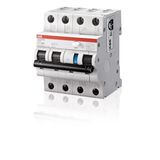
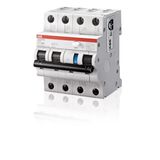
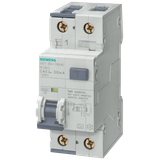
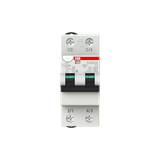
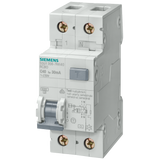

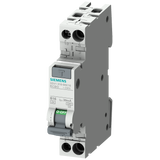

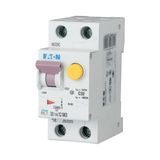
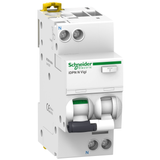
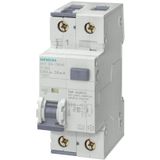
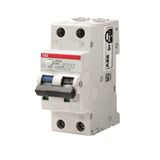
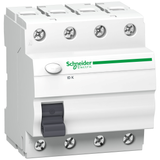
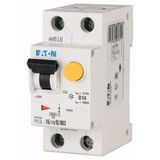
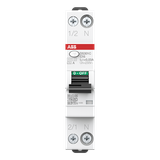
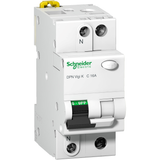
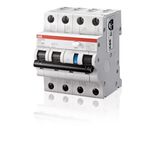
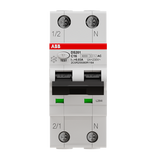
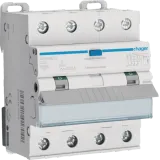
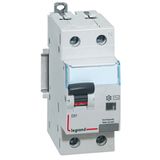
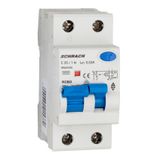
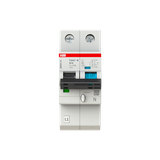
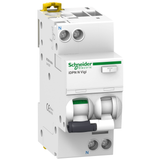
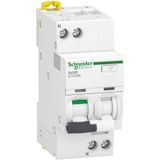
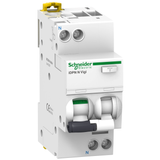
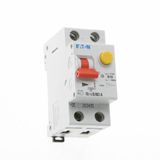
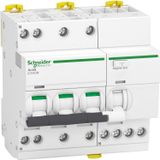
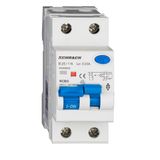
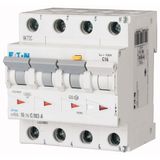
RCBO Wholesale Distributor Category Description
Introduction – Why RCBOs Matter in Practice
When electricians, contractors, or procurement managers talk about circuit protection, one term that always comes up is RCBO. The abbreviation stands for Residual Current Breaker with Overcurrent protection. In practice, an RCBO breaker combines the roles of two devices: the miniature circuit breaker (MCB) that protects against overloads and short circuits, and the residual current device (RCD) that protects against earth leakage.
In real-world installations, this means a single unit can cover both types of risks: current flowing where it should not (through insulation faults or accidental contact), and circuits drawing more current than the wiring can safely handle. For buyers, this is more than just a technical feature. It reduces panel space, simplifies wiring, and lowers the risk of coordination mistakes. Instead of mounting an RCD next to an MCB, installers use one compact rcbo circuit breaker.
From experience, most procurement teams prioritize safety and compliance first. But they also have to think about cost, reliability of supply, and long-term serviceability. A rcbo electrical solution answers all these needs: safe, compact, and widely recognized by international standards. That is why demand is strong both in residential construction and in large industrial distribution boards.
Contractors often highlight a simple truth: the upfront rcbo price may be higher compared to buying an MCB and RCD separately, but the cost of installation and panel real estate saved quickly compensates for it. For distributors, this balance between rcbo cost and value is central.
Technical Foundation of RCBO Circuit Breakers
An rcbo circuit breaker combines thermal, magnetic, and residual-current trip elements.
- Thermal release: bimetallic strip bends when overheated, disconnecting the circuit in case of overload.
- Magnetic release: coil reacts instantly to high current surges, breaking the circuit under short-circuit conditions.
- Residual current detection: differential transformer measures imbalance between live and neutral; if leakage exceeds the threshold (usually 30 mA in residential, higher in industrial), the breaker trips.
For buyers, the key technical data to check include:
- Rated current (from 6 A to 63 A in common stock)
- Breaking capacity (6 kA, 10 kA, depending on project specifications)
- Sensitivity of earth leakage trip (10 mA, 30 mA, 100 mA, 300 mA)
- Curve type (B, C, D depending on load characteristics)
- Number of poles (single phase mini rcbo, or multi-pole for three-phase applications)
In procurement discussions, earth leakage circuit breakers are often mentioned as a general category, but RCBOs are the compact answer when both residual and overcurrent protection are needed in one slot.
Practical Experience from Installations
In most residential projects, buyers face the issue of limited panel space. Instead of fitting a separate RCD for each group, installers prefer mini rcbo units. These small devices fit into one modular width, keeping the panel organized. From practice, this is especially useful in apartment complexes where dozens of lines must be protected without oversizing the cabinet.
In industrial and commercial buildings, the challenge is different. Here, the wiring is heavy-duty, and coordination with upstream protection is critical. Engineers often choose rcbo circuit breakers with adjustable earth leakage thresholds, giving them flexibility to match selective protection schemes. For example, in a data center, unwanted trips from low leakage thresholds can mean downtime. That is why procurement managers specify higher-sensitivity units only for sockets and personnel protection, while feeder lines use less sensitive but still compliant RCBOs.
From distributors’ feedback, the most common procurement questions revolve around:
- What is the availability of compact rcbo for three-phase systems?
- Are there options for both Type AC and Type A earth leakage detection?
- How does the rcbo cost compare when ordering in bulk?
- What are the lead times for delivery within Europe?
These are not theoretical issues; they are daily conversations between procurement teams and suppliers.
Variations and Subtypes
RCBOs come in a wide spectrum of models.
- Single Phase Mini RCBO – compact units for residential distribution boards, typically 6–32 A, 30 mA trip.
- Three Phase RCBO Breakers – larger modular devices for industrial and commercial loads, protecting motors, HVAC, and lighting circuits.
- Electronic RCBOs – use electronic sensing for leakage detection, offering higher precision and stability under varying conditions.
- Bimetallic RCBOs – rely purely on mechanical sensing, often preferred for basic applications due to lower rcbo price.
- Compact RCBO for Retrofit – designed with reduced depth to fit into older panels where space is restricted.
Each subtype answers a practical demand. For example, electronic models are common in modern offices with plenty of IT equipment, where harmonics might otherwise confuse a traditional device. Meanwhile, construction firms looking for cheap rcbo solutions for temporary site cabins may prefer mechanical units.
Cost, Value, and Procurement Insights
Let’s be practical: rcbo prices vary widely. A cheapest rcbo from a generic supplier may cover only basic needs, while branded products with international certifications cost more. Procurement managers have to balance:
- Initial unit price
- Installation and wiring cost
- Certification and compliance requirements
- Long-term reliability (service calls are expensive)
From experience, large contractors often start with the question: “What is the rcbo cost per unit if we order 500 pieces?” But the discussion quickly moves to warranty, certification, and delivery logistics. Because saving one euro per unit is meaningless if the shipment is delayed by weeks and a site cannot be energized on schedule.
In wholesale distribution, the most relevant differentiators are:
- Stock availability for urgent orders
- Variety of current ratings and trip sensitivities
- Clear technical documentation
- Competitive rcbo prices in bulk
- Consistency across projects in different European countries
Logistics and Delivery in the European Market
Electrical contractors in Germany, Spain, the Netherlands, or the Baltics all face similar procurement hurdles: shipping delays, differing local standards, and unexpected site changes. That is why distributors emphasize not only rcbo electrical stock, but also logistics capabilities.
From practice, procurement managers value:
- Same-day dispatch from European warehouses
- Ability to supply both branded and cheap rcbo alternatives in one shipment
- Packaging suitable for export and storage
- Clear tracking and customs handling
A well-prepared distributor ensures that whether the buyer needs 50 units of mini rcbo for residential projects in Berlin, or 200 three-phase rcbo breakers for industrial sites in Rotterdam, the delivery is consistent.
Certifications and Compliance
One cannot talk about earth-leakage circuit breaker procurement without addressing compliance. European buyers usually expect:
- CE marking (mandatory for EU supply)
- EN 61009 compliance (for RCBOs)
- RoHS conformity
- In some markets, KEMA or VDE certifications for added trust
In practice, project managers request datasheets and test certificates before even discussing rcbo prices. Distributors that keep documentation ready shorten the decision-making cycle and win repeat business.
Examples of Procurement Scenarios
- Apartment Block in Barcelona: The contractor chooses compact rcbo units, one per apartment circuit, saving panel space and wiring time. Procurement team appreciates predictable rcbo price and short delivery window.
- Industrial Workshop in Poland: Engineering team specifies rcbo circuit breakers with 100 mA sensitivity for machine lines. Distributor provides both electronic and mechanical types to balance precision and budget.
- Temporary Site Installation in France: Project manager needs cheap rcbo units for site cabins. Distributor offers generic models, quick delivery, and documentation sufficient for temporary certification.
These examples show the diversity of demand, from cheapest rcbo to high-end electronic solutions.
The Role of a Distributor
In the wholesale market, buyers are not simply comparing product catalogs. They are evaluating partners who can keep projects running. An effective distributor’s role is to:
- Maintain a wide range of rcbo breakers in stock.
- Offer both premium and budget options.
- Support buyers with technical guidance (which earth leakage circuit breaker fits best in a given project).
- Provide reliable delivery across Europe, backed by warranties.
From experience, the most valued distributors are not the ones with the lowest headline rcbo cost, but the ones that ensure consistent supply, professional documentation, and post-sale support.
Closing Note
The category of rcbo circuit breakers is not just about product choice. It is about practical safety, compliance, and procurement efficiency. Whether a buyer needs a mini rcbo for a residential board, a compact rcbo for retrofitting older panels, or bulk three-phase earth leakage circuit breakers for industrial projects, the essentials remain the same: reliable protection, certified quality, and trusted distribution.
For procurement managers across Europe, the question is not simply “What is the rcbo price?” but “Who can supply the right unit, at the right time, with the right certification?” That is where the distributor makes the real difference.












